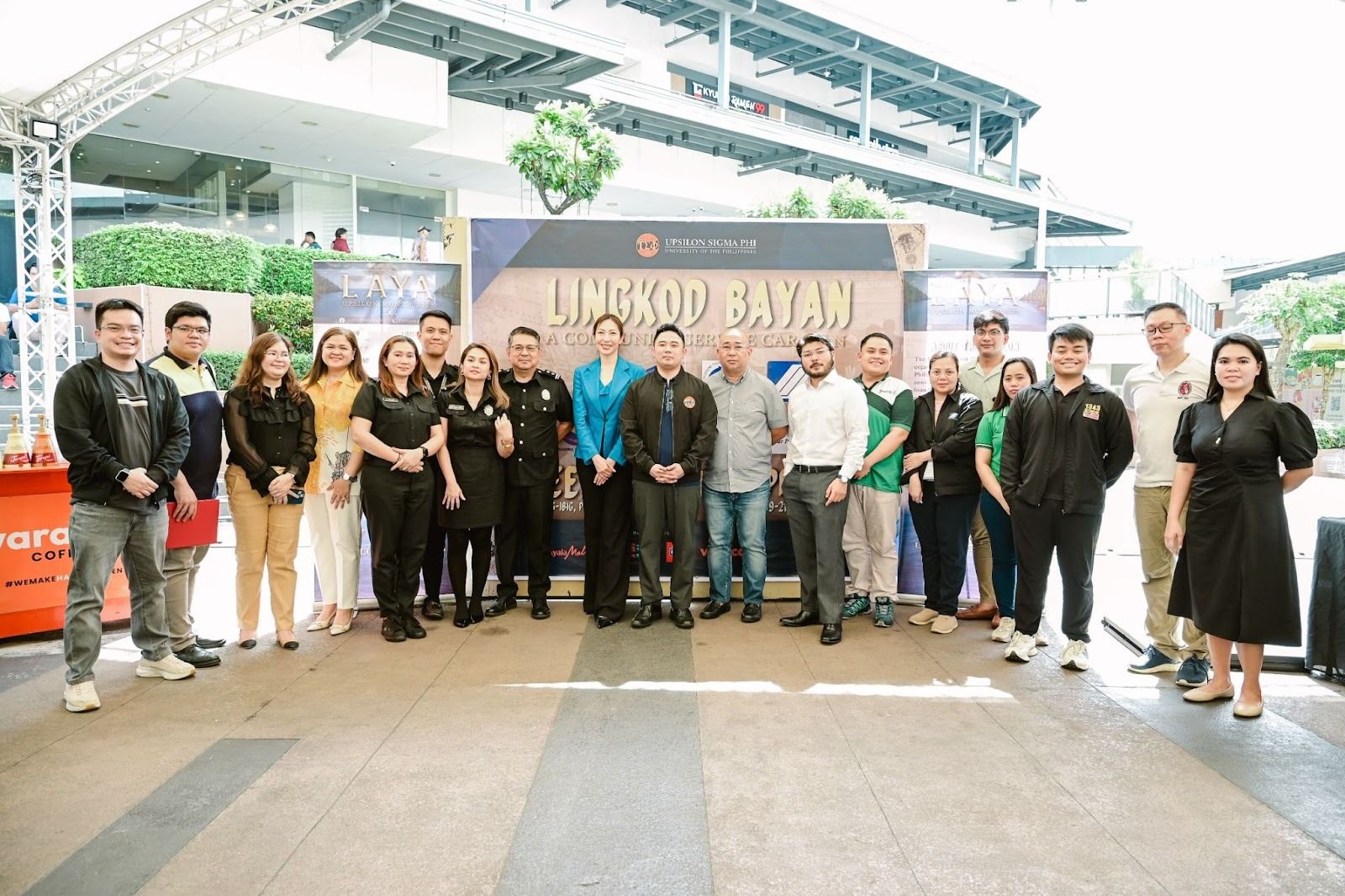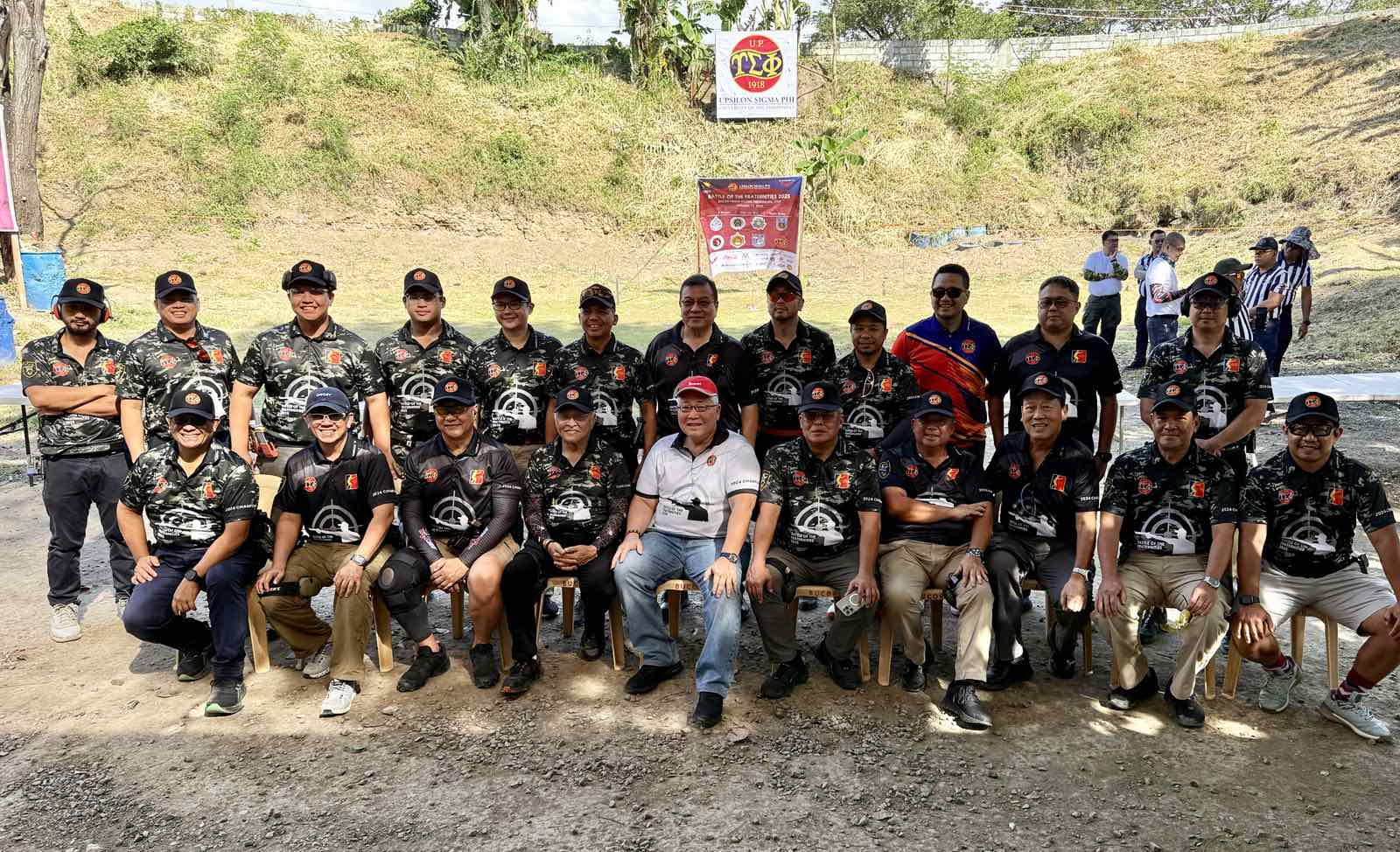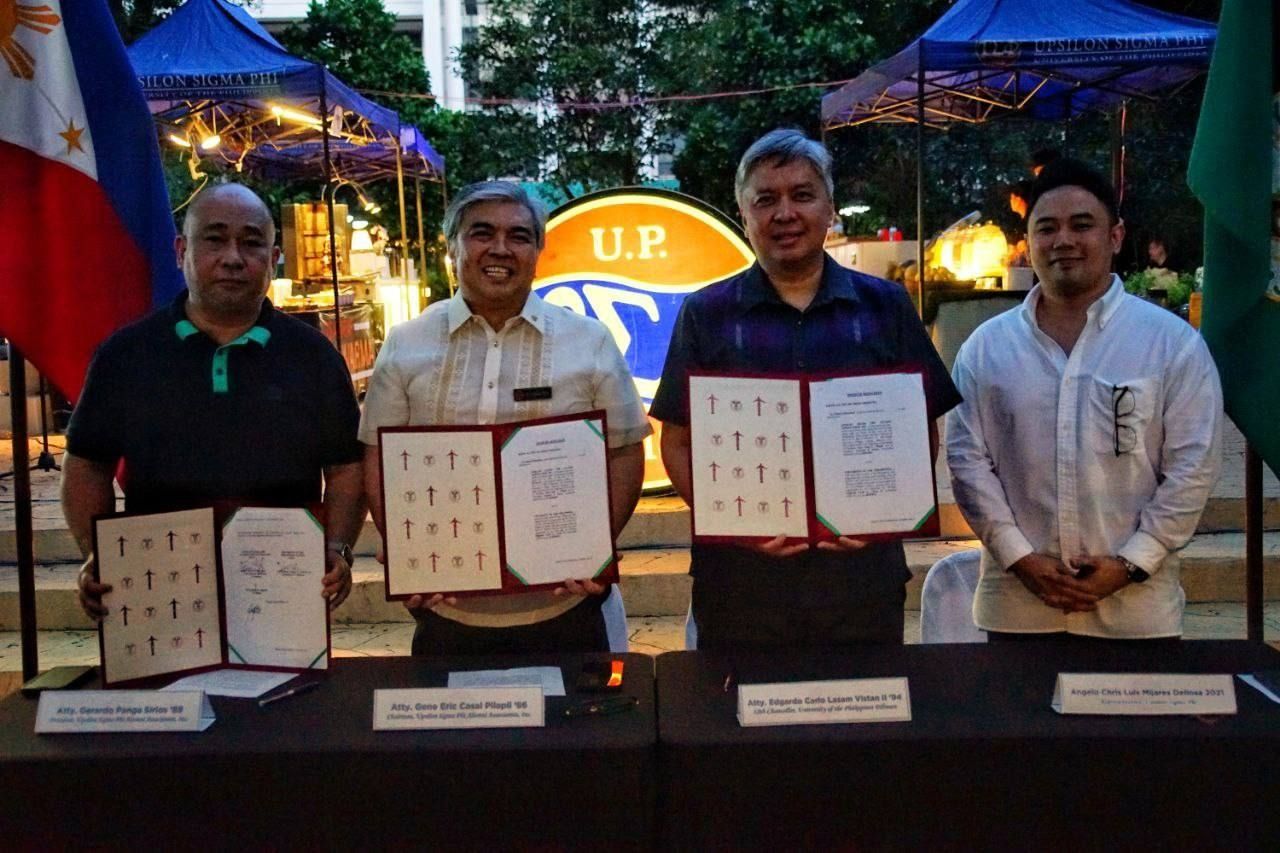Arts
BIYAHE NG DIWA: The Journey of Gabby Malvar ‘85
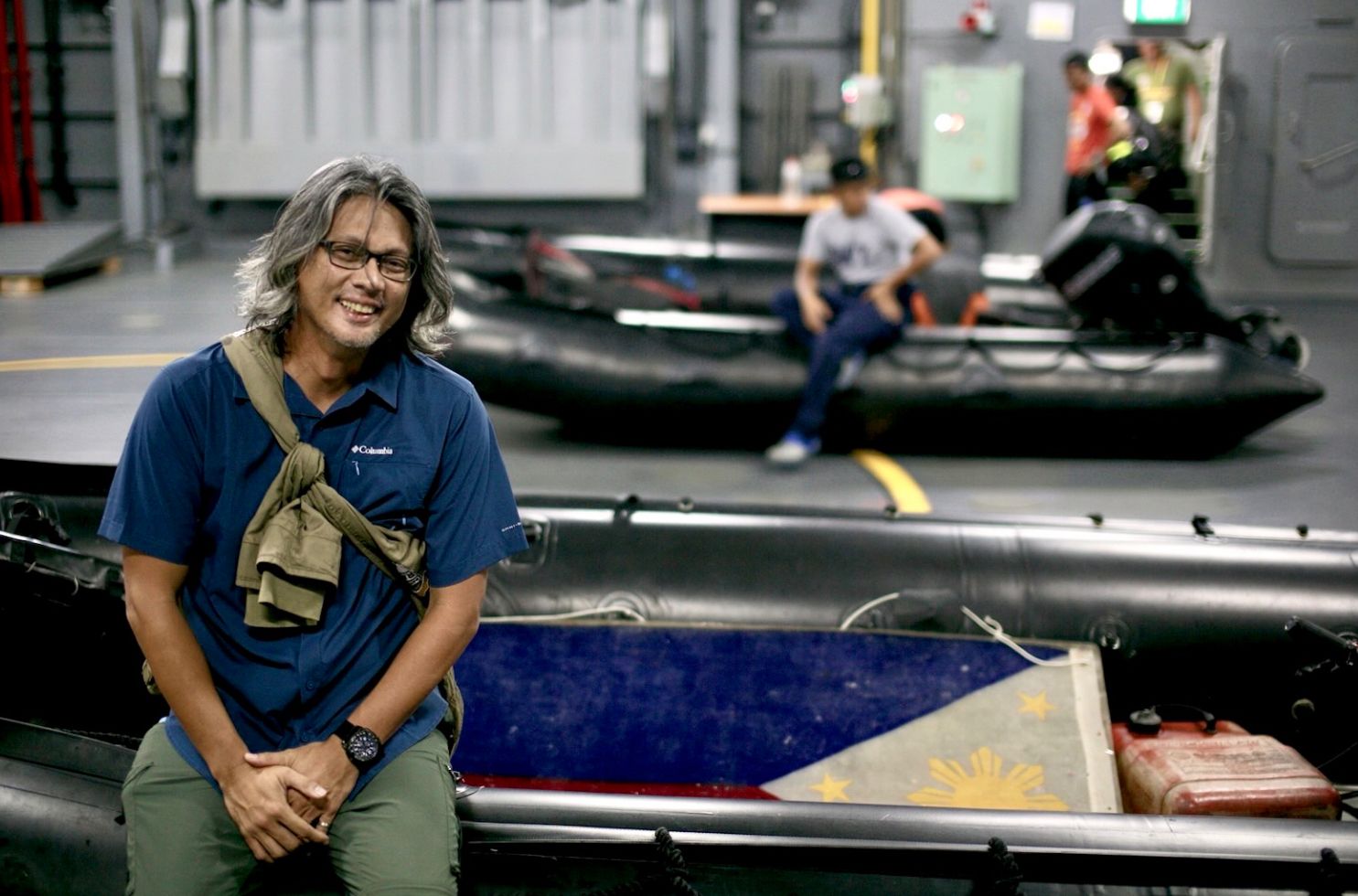
THE BUS HUMS STEADILY ALONG THE HIGHWAY, its windows framing an ever-changing canvas. Rice fields blur into sleepy towns, mountains rise like old sentinels in the distance. Passengers come and go at every stop, each carrying their own destinations, their own reasons for being on the road.
By the window sits Pablo Gabriel “Gabby” Malvar ’85, filmmaker, and storyteller. His camera rests on his lap, ready to capture the fleeting and the eternal. For him, the byahe has never been just about reaching the end of the line. It is about what happens in between, the stories passing by like electricity wires on the roadside. Life, after all, is one long trip.
The Road Less Travelled
Malvar once followed the straight, stable road of a corporate career. With a bachelor’s and master’s degree in economics, he seemed set for a life of predictability and security. But the pull of the open road and untold stories proved stronger than the comfort of an office desk.
It was as if life itself had placed him at a crossroads, echoing Robert Frost’s verse about two diverging roads. In his early forties, Malvar chose the one less traveled, leaving behind stability to board the bus of storytelling. He carried little with him, save an eye searching for meaning and a heart open to stories. That leap became the true beginning of a journey that continues to unfold.
Even in his early essays for Travelife magazine, Malvar looked beyond landscapes. He framed journeys through people, traditions, and memory, capturing the emotions that gave each place its meaning.
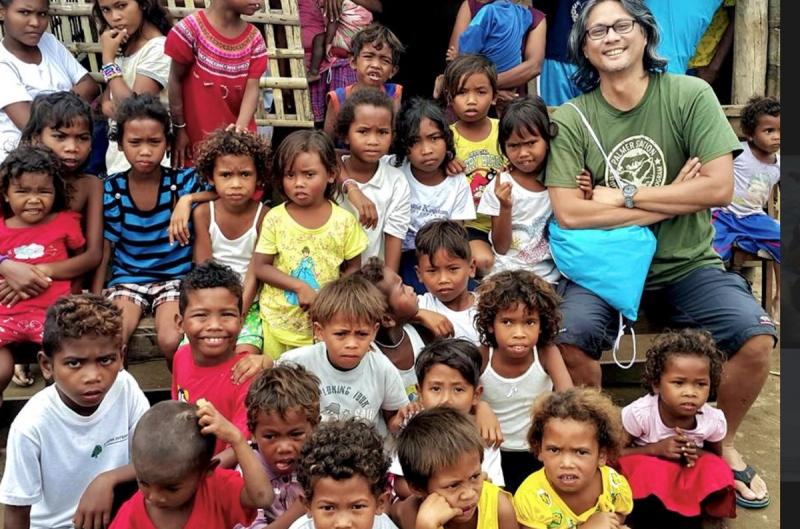
Beyond Spectacles, Just Stories
His works, while grand, never chased spectacle for spectacle’s sake. He sat with fishermen, farmers, and families, letting stories rise from their voices.
In Islands Insider, his National Geographic series, he revealed deeper truths: mountains that carried the weight of history, shorelines eroded by both waves and memory, and communities whose struggles were bound to the land and sea.
In On the Brink, filmed in Cebu, the whale sharks, the so-called gentle giants of the sea, became symbols of a moral dilemma. The issue that pained the communities? Whether to feed families through tourism or preserve the ocean for future generations. It was a conflict as human as it was ecological. On the Brink was aired at the National Geographic Channel and won the Conservation Award at the 2016 San Francisco International Ocean Film Festival.
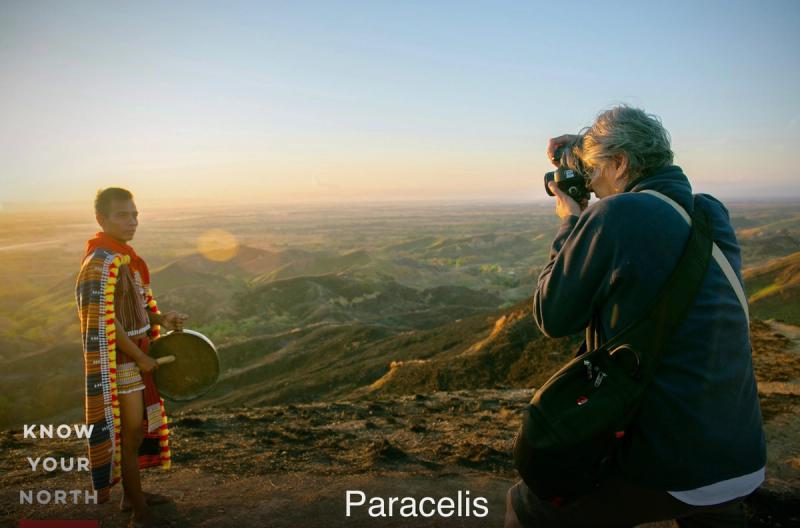
This devotion to stories that matter deepened in Know Your North, an advocacy series produced with Victory Liner, Inc. The project carried him across Northern Luzon and earned him several international awards such as Best Short Documentary for The UNESCO Heritage Sites of Ilocos at the 2025 PAPA International Historical Film Festival and the Gold Award at the International Tourism Film Festival Africa for Indio-Genius. He was the 2021 Dangal ng Batangan for Media Arts awardee. The Know Your North series was also awarded the Gawad Gabay by the National Commission for Culture and the Arts in 2019 for its role in promoting and preserving culture and the arts.
It was this intertwining of environmental protection and cultural preservation that set the stage for Indio-Genius, his film on Filipino identity through the life and work of National Artist Erick Oteyza de Guia ‘59, better known as Kidlat Tahimik, fellow Upsilonian and master chronicler of the Filipino soul. Through this work, Malvar’s pilgrimage turned inward, toward questions of who we are and how we started as a people. What does it mean to inherit memory, to wrestle with colonial scars? Be that as it may, he continues with the Upsilonian spirit of producing, talking with crowds in keeping his virtue, creating even when the road ahead is uncertain.
Battlefields Then and Now
With dignity being upheld in the stories that he captures, we can say that Malvar’s fight goes beyond film. For him, his storytelling is a way to defend the collective memory of the Filipino people.
It is no coincidence that he carries the bloodline of General Miguel Malvar, the last Filipino general to surrender in the Philippine-American War. His great-grandfather once stood on battlefields of smoke and gunpowder; today, Gabby stands on a battleground of his own. His fight is against cultural erasure, creative neglect, and the undervaluing of Filipino talent.
For Malvar, the fight is also economic. “There’s no need to manage the creatives,” he once said. “But providing a structure, an environment of support — that’s what allows them to thrive.” To him, creativity must not only inspire; it must endure. It must be given a place to breathe, to build, to become an industry that sustains lives.
This calling is not abstract. On August 19 at the National Museum of Anthropology, his documentary on GAMABA Awardee Amparo Balasi Mabanag, a Gad'ang beader and weaver, was shown alongside the launch of the Know Your North Film Festival — works that sustain cultural memory and resist forgetting.
With this as example, Malvar remains at the vanguard of shaping the nation’s creative and cultural landscape. As Private Sector Representative for the audio-visual domain of the Philippine Creatives Industry Development Council, he builds bridges between art and economy, proving that creativity is not mere expression, but a collective force with real weight, real market, and real power. He also lends his voice as a resource speaker and lecturer on conservation and tourism sustainability.
These pursuits trace back to his beginnings as an economics student, grounding his creative vision in a firm understanding of structures and markets. “It could be film, food, animation,” he says, “but at the end of the day, finance is viability.”
In this, Malvar lays the foundation upon which the nation’s creative spirit might stand and thrive.
The Lifelong Journey
Being a Fellow of the Upsilon Sigma Phi means embracing a lifelong journey. For Malvar, those words ring true as he continues to uphold the fraternity’s imperatives in his own industry.
Today, he mentors the next generation of storytellers at the University of Makati (UMAK), teaching documentary filmmaking and visual storytelling as a way of helping the youth see themselves as Filipinos. “Identity is multicultural,” he told the Daily Tribune. “It is a multilayered fabric. To be able to say ‘I am me,’ you have to understand the different things that make you a Filipino.”
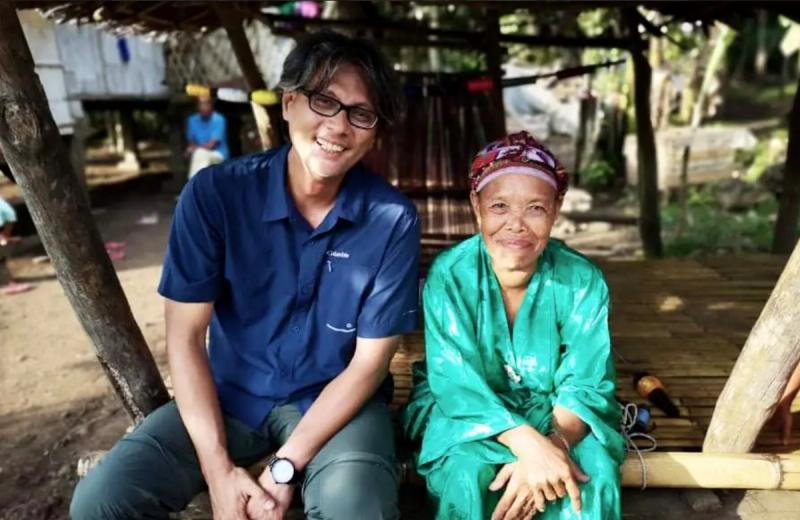
In this, Malvar carries forward the patriotic and artistic tradition of the Upsilon Sigma Phi. He follows in the footsteps of fellows such as Tony Mabesa ’54, Behn Cervantes ’56, and Kidlat Tahimik ’59. By walking the same road, he shows that being an Upsilonian means there is no single way to gather and scatter the light. “Being Filipino is not a singular identity; it is a multicultural, complex psyche,” he reflects. “What I do is capture snapshots of these and put them out there.”

And so, like every long road trip and byahe, the end is nowhere near. For our Brod, the path keeps unfolding — more towns to enter, more stories waiting by the sea, more voices to be heard. For Gabby Malvar ’85, to keep traveling is to keep telling; and to keep telling is to defend memory, identity, and the nation whose story he helps illuminate.

Identity is multicultural, it is a multilayered fabric. To be able to say that "I am me", you have to be able to understand the different things that make you a Filipino.
- Gabriel Malvar ‘85 on a 2025 Interview at The Daily Tribune
About the Author
Earl Santos 2025
Earl Jewelle Santos 2025 is an incoming fourth-year student taking up BA Sociology. He is a councilor of the College of Social Science and Philosophy Student Council, and is the Vice Chairperson for Academic Affairs of UP Praxis, the university-wide sociology organization in the Diliman campus. In his community, Earl is also the secretary of the Sangguniang Kabataan in Barangay 568 in Sampaloc, Manila.
